THE Royal Academy is currently presenting the largest retrospective of Sir Michael Craig Martin’s work ever to be held in the UK.
His party trick is to take everyday objects – say, a laptop, safety pin, flowers, umbrella, shoes, bulb, paper clip, chips, coffee cup or suitcase – and paint them in very bright colours.
For this exhibition, which features 120 of his works from the 1960s to the present day, he has tried something he hasn’t done before. Set to classical music like the Blue Danube in a dark room, he has his objects floating on screens on the four walls in what has been described as an “immersive experience”.
For the technically minded, this new work, called “Cosmos 2024”, uses “vector animation on four 4K projectors and sound via 12-channel surround speaker array”.
We are told that “for this exhibition Craig-Martin has created his first fully immersive digital work of art. It uses more than 300 images of objects the artist has made over the past 45 years, making it a fitting work for a retrospective. The computer has been an essential tool for Craig-Martin’s drawing and preparatory work since 1994. He has also created digital works of art purely for the screen, utilising computers to make images with dynamic qualities such as colours that are constantly in flux.”
I spent 15 minutes in the room. It was quite hypnotic. The artist admitted he had never done anything like this before. I meant this as a compliment, but since he was standing near me, I told him babies and toddlers would be bewitched watching everyday objects floating through the air.
“That’s a very good idea,” he agreed with a laugh. “That would be very entertaining.”
“Could I bring babies into the exhibition?” I asked one of the press officers.
“Oh, yes,” she nodded enthusiastically, “mothers come with their prams.”
I guess it is never too early to get babies used to the joy of colour – and Craig-Martin’s work, often acrylic on canvas or aluminium, is nothing if not very colourful.
Self portraitHung side by side in the RA’s spacious galleries, his paintings take on a new perspective. As I wandered round the galleries, they grew on me. Works from across Craig-Martin’s career are presented chronologically through the main galleries. Seminal early pieces in which the artist used found objects such as buckets, milk bottles and mirrors show the experimental origins of his practice.
He was born in Ireland in 1941 and educated primarily in America before moving to the UK in 1966. Since coming to prominence in the late 1960s, he has created works that fuse elements of pop, minimalism and conceptual art using sculpture, installation, painting, drawing, printmaking and digital media.
From the early 1970s, Craig-Martin began working with ready-made objects such as buckets, milk bottles and clipboards to produce a group of wall-based sculptures that explored the relationship between art and everyday items.
But from the mid-1970s he shifted his practice from using ready-made objects to representing them pictorially.
Over the years, he has developed a wide-ranging ‘vocabulary’ of everyday items, including safety pins, light bulbs, take-away coffee cups and laptops.
His intention “is to explore ordinary contemporary life through the things we make, including consumer goods and works of art. He has sought to create works that are straightforward and undidactic, giving the viewer scope to use their imagination. His concern lies in understanding not just how we think and feel about the world, but how we perceive and experience it daily through the language of images. This exhibition charts the artist’s career from his early conceptual works and monumental wall drawings to the colourful representations of commonplace items in paintings, sculpture, prints and digital works for which he is best known today.”
Among his earliest graphic works are those that relate to his conceptual projects of the 1960s and 1970s, including drawings of box constructions on graph paper. Craig-Martin ‘draws’ with a particular type of crepe tape, invented in the 1960s for electronic circuitry. As with his wall drawings, it allows him to achieve his ideal of making the works ‘styleless’, eliminating all trace of the artist’s ‘hand’. Ironically, in attempting to make his work style-free, he has created a style that is immediately recognisable as his own.
In a 1978 landmark exhibition held at the Rowan Gallery, London, he debuted his large-scale wall drawings. Influenced by Marcel Duchamp’s use of prefabricated objects and Andy Warhol’s focus on pop culture, Craig-Martin continued to incorporate recognisable manufactured items that were, in his words, “more famous than famous. So famous that you don’t even notice them”. In the early 1980s, he began turning his drawings into wall-mounted sculptures, using thin metal rods. The linear simplicity of these drawings and sculptures became his hallmark and the foundation of his work to this day.
In the early 1990s, he got his first computer, which allowed him easily to manipulate his images in terms of scale, line, colour and composition. At around the same time he started to experiment with printmaking, which has now become a key aspect of his work. This medium allowed him to play with ideas surrounding specific sets and sequences of objects.
Recently, he has developed themes such as musical instruments, which are shown individually or in crowded compositions. His fruit and vegetable paintings were a result of the Covid-19 lockdowns when the only shopping visits permitted were to acquire food. It occurred to Craig-Martin that these familiar “objects of nature” were as universally recognisable as the manufactured objects he had painted before.
His influence extends beyond his own work; as an art educator he has inspired generations of artists, in particular many of the Young British Artists, who made a significant impact on the art scene in the 1990s, including Damien Hirst, Gary Hume, Sarah Lucas and Fiona Rae.
Craig-Martin follows in the RA’s tradition of celebrating its Royal Academicians, continuing a strand of programming that has showcased some of the most important living artists including Marina Abramovi, William Kentridge, Antony Gormley, Ai Weiwei and Anish Kapoor. Craig-Martin was elected as a Royal Academician in 2006 and became Senior Academician in 2015.
Michael Craig-Martin is at the Royal Academy until December 10, 2024


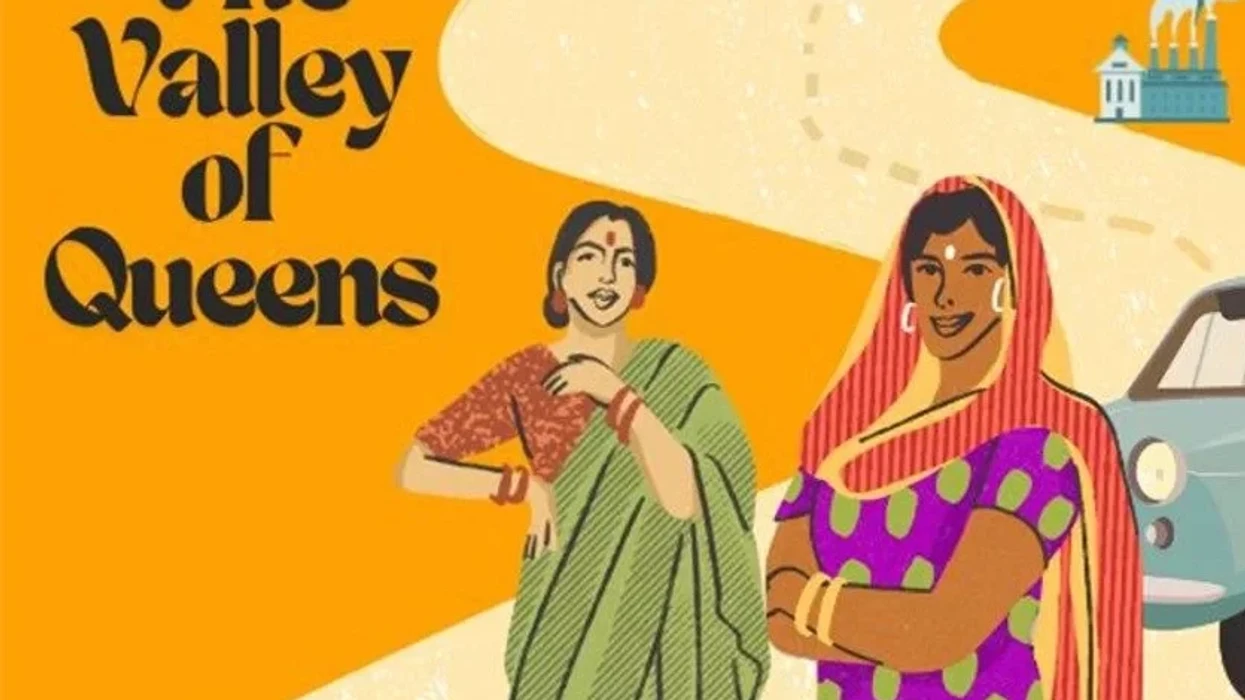

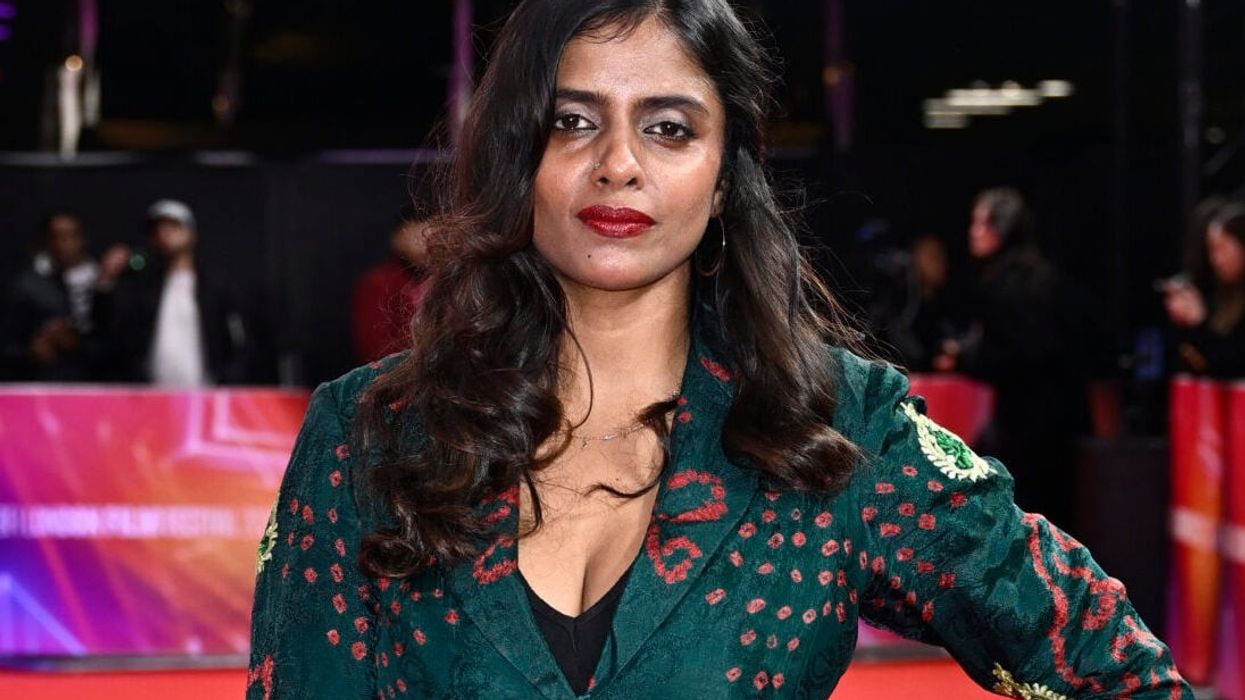
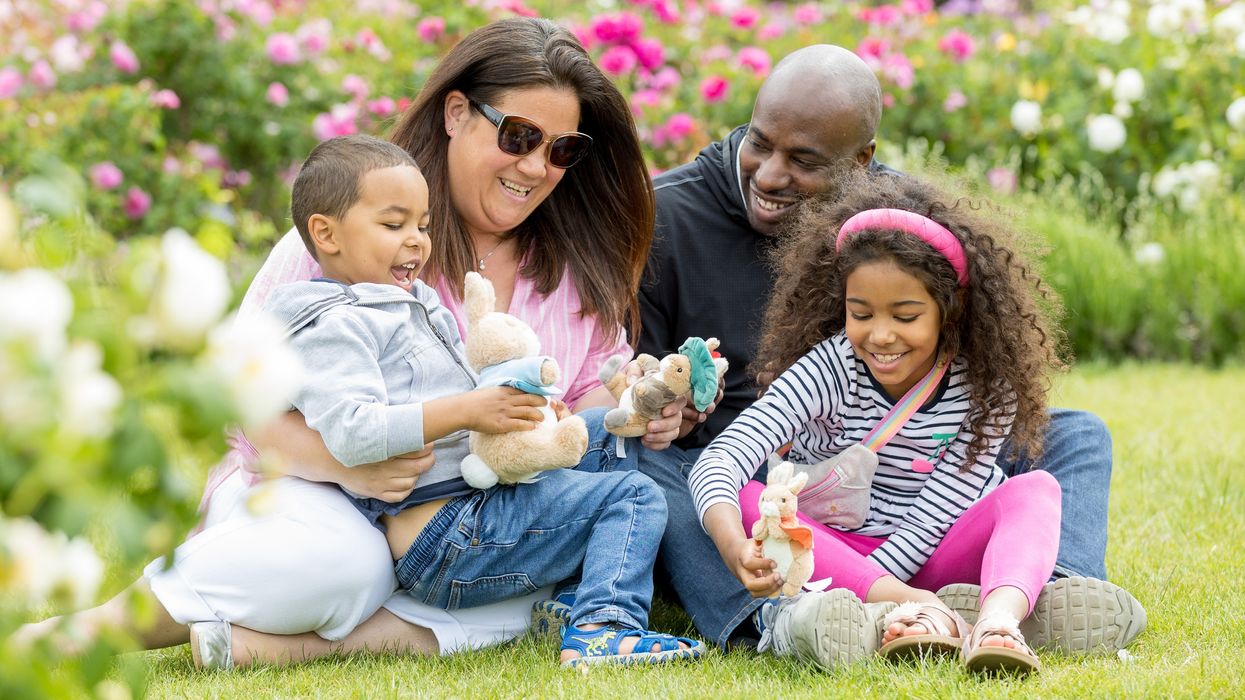
 Explore the Kitchen Garden, Tiltyard and WildernessHRP
Explore the Kitchen Garden, Tiltyard and WildernessHRP Children can meet a larger-than-life Peter Rabbit HRP
Children can meet a larger-than-life Peter Rabbit HRP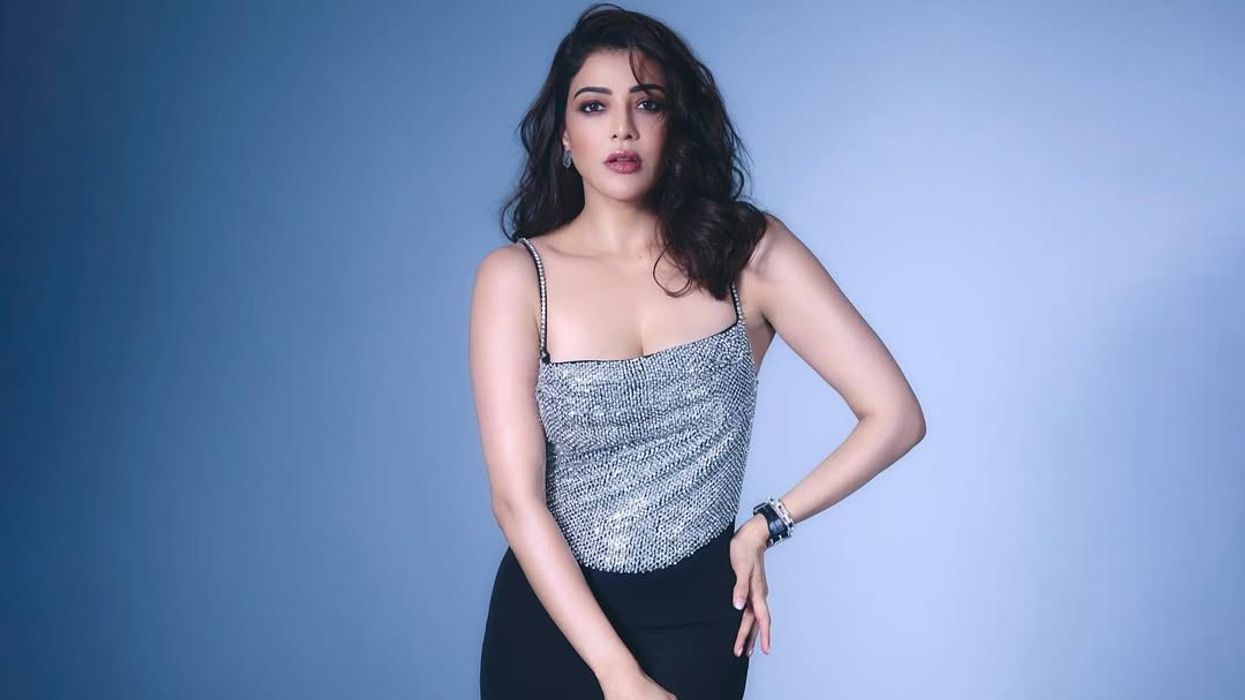
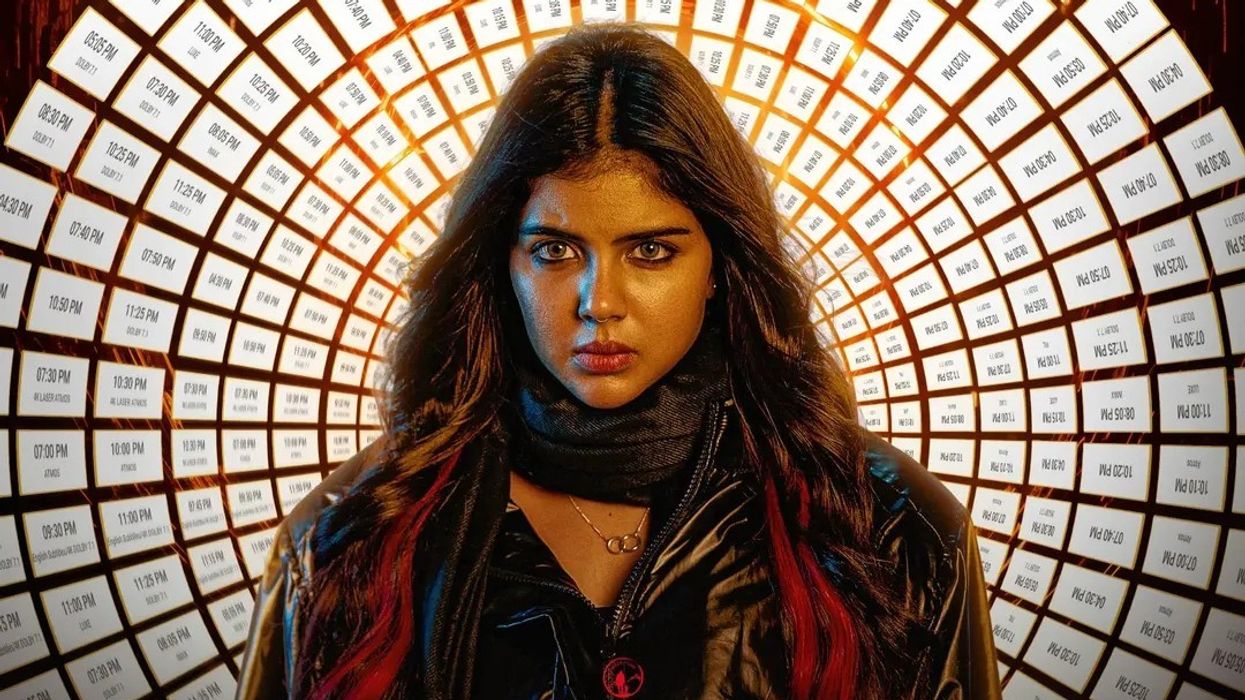




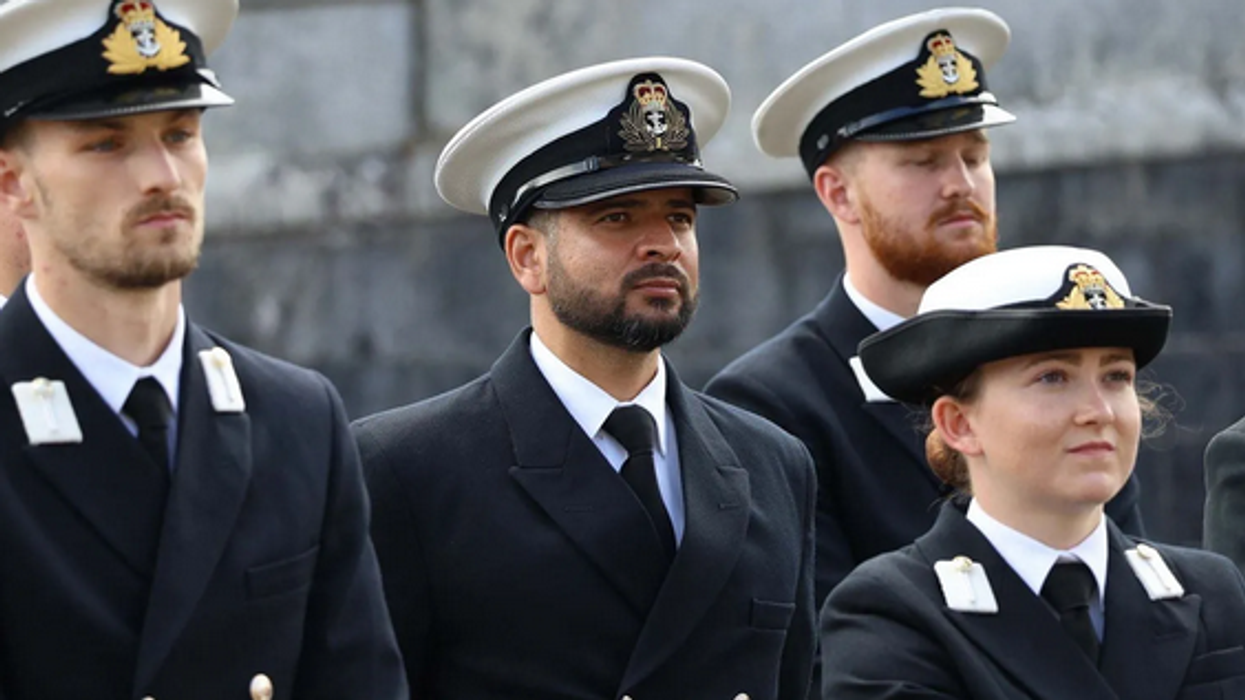

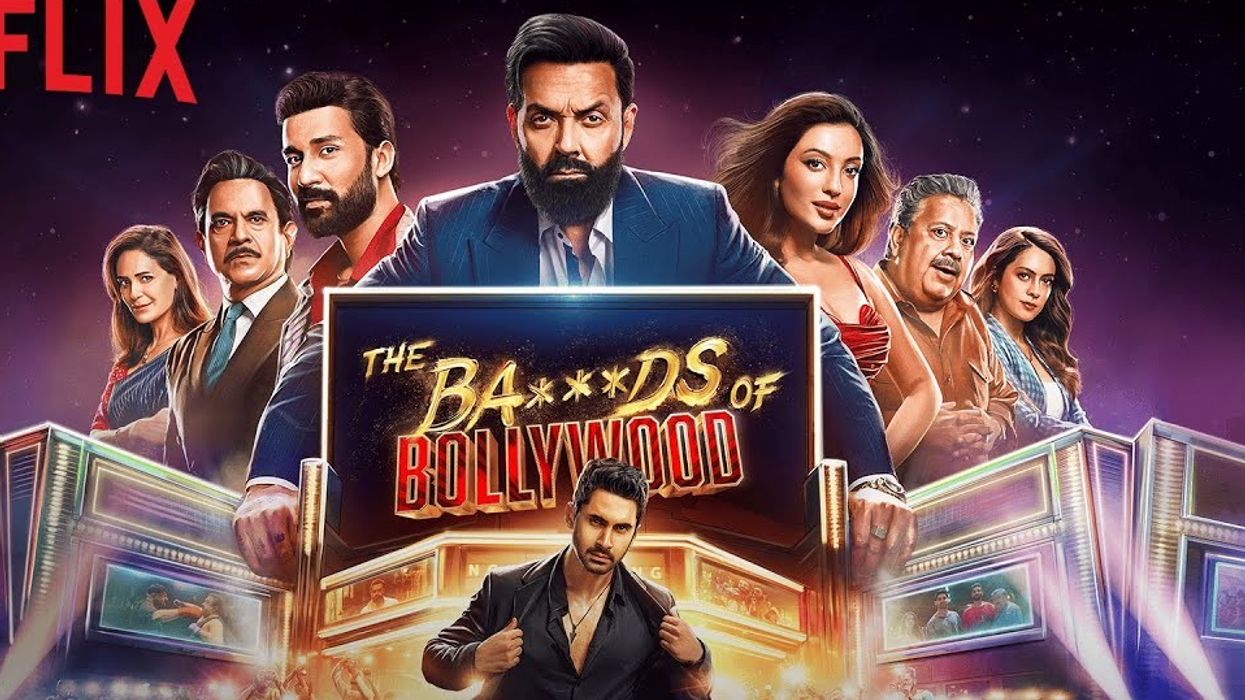

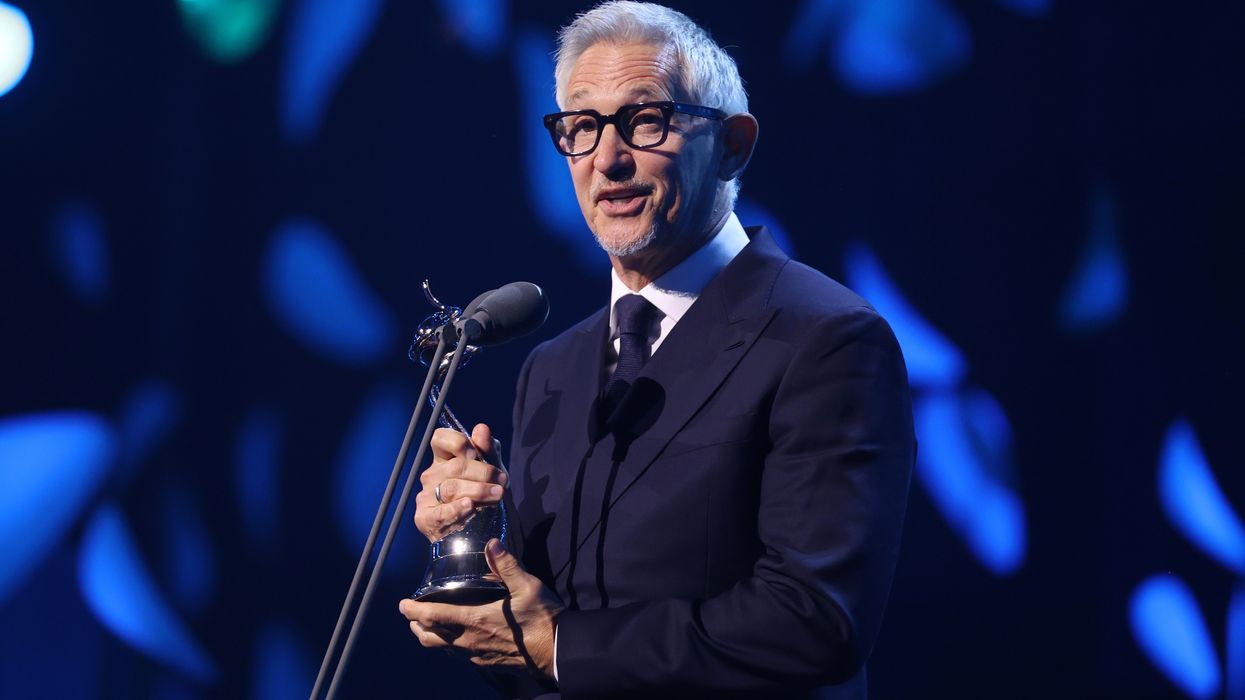



 Anika Chowdhury says she has many ideas to further fuse craft and culture in future projects Glowborne
Anika Chowdhury says she has many ideas to further fuse craft and culture in future projects Glowborne